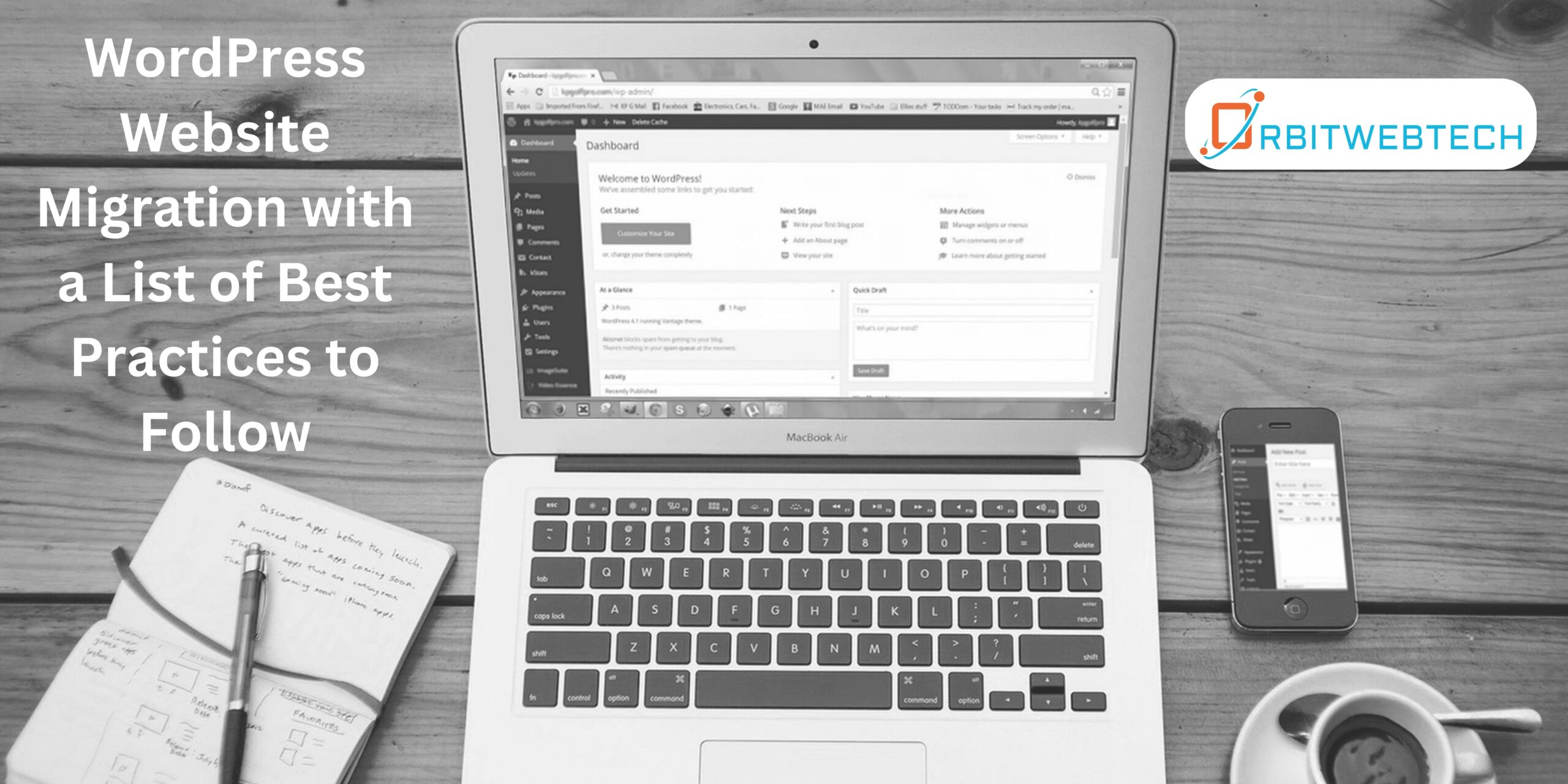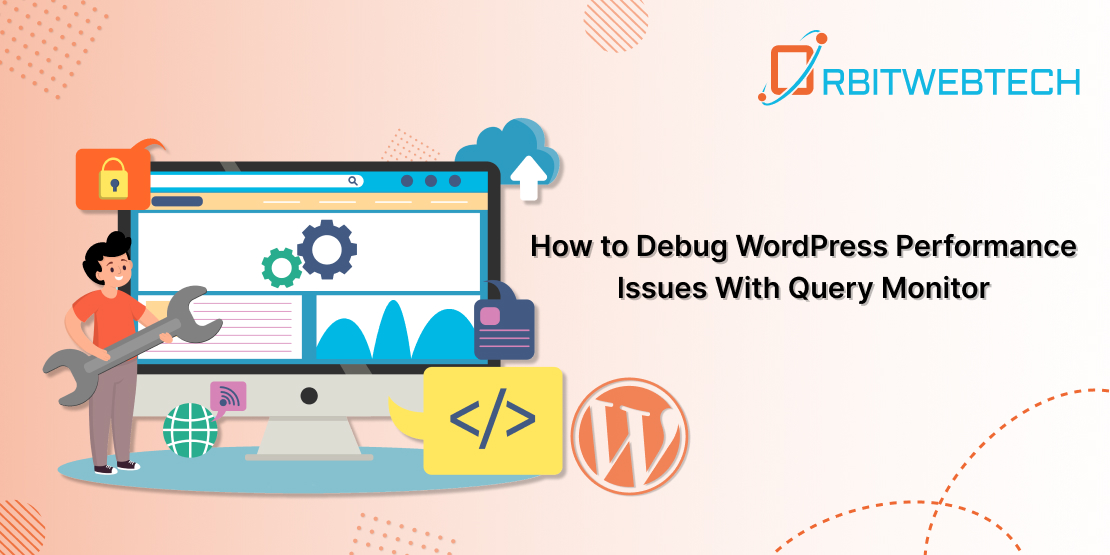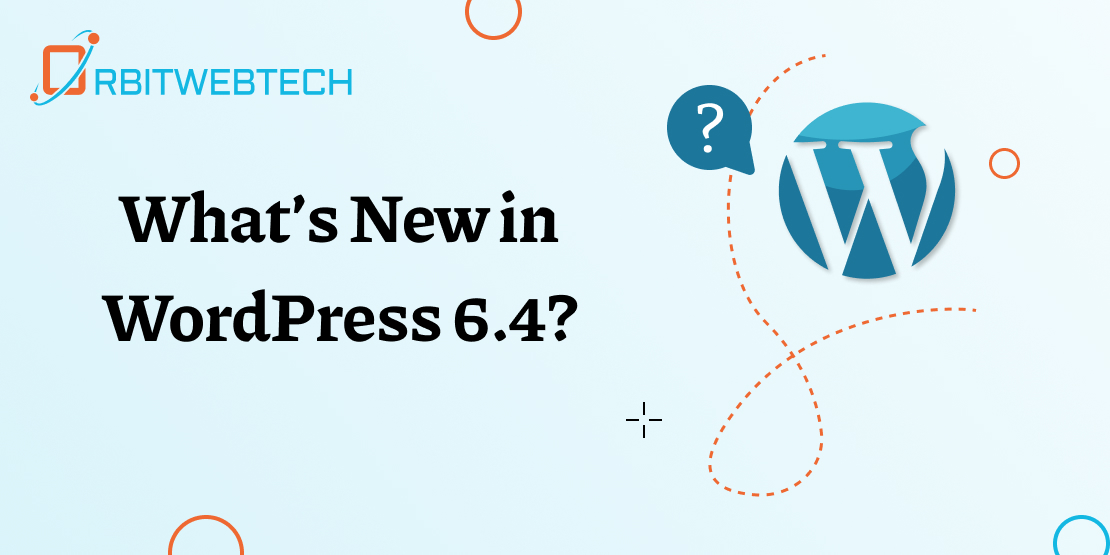
Picture this scenario: Your WordPress Website Migration is fully operational, and your online business is flourishing. However, unexpectedly, one of the crucial technologies powering your website experiences a breakdown or malfunction. The potential consequences are significant. Your website could cease to function, causing you to lose prospective customers and falling behind in this fiercely competitive industry.
Technology can indeed experience failures, and this holds particularly true for intricate websites that may appear uncomplicated at first glance but prove challenging to maintain. This is why we strongly suggest transitioning your digital assets and website to WordPress, widely regarded as the premier CMS platform available. However, you might wonder if the process of migrating a WordPress website is intimidating.
If you are new to technology or have limited experience, the task can be particularly intimidating. Nonetheless, it remains a crucial undertaking if you aim to maintain the functionality of your website and safeguard the integrity of your online business.
In addition, as numerous trends in WordPress web design continue to emerge, incorporating these innovations and elevating your website’s quality becomes increasingly straightforward. To assist you in seamlessly transitioning a website to WordPress, we present an extensive guide.
Certainly, here we will explore the key reasons for contemplating the migration of your website to WordPress, delve into the best practices for website migration, and outline the necessary steps to follow.
Why wait any longer? Dive right in and begin the process of migrating your website to WordPress. This move promises improved business advantages and simplified website management.
Why Should You Consider Migrating Your Business’s WordPress Website?
Before delving into the optimal approach for transitioning to a WordPress site, it’s essential to explore the key motivations that drive businesses to pursue this change. After all, there must be compelling reasons behind their decision to adopt a new CMS infrastructure for their website.
Businesses consider importing websites to WordPress for some of the following common reasons:
- The existing website provider or hosting service may be encountering problems and suffering from extended periods of downtime, potentially resulting in financial losses for the business.
- Insufficient infrastructure security and challenges with network security protocols.
- Current service providers may lack the necessary tools or resources to meet your digital requirements.
- Charging high prices for straightforward and equivalent features.
- Current service providers may lack an experienced team or support resources to address any problems or issues you encounter.
- Challenges in adjusting capacity to meet fluctuating demands using our existing provider and infrastructure.
WordPress, renowned as one of the premier content management systems, stands as a versatile solution for addressing a wide array of challenges. This exceptional CMS extends a comprehensive range of services and features to its users.
In addition, their customer support team is highly attentive and addresses all your business requirements promptly. If you lack experience in WordPress and require assistance in Create WordPress Landing Page for your online enterprise, don’t hesitate to reach out to our skilled team of WordPress developers.
To successfully WordPress Website Migration, follow these best practices
Prior to initiating the WordPress website migration process, it is crucial to identify the various technical aspects involved. We acknowledge that this procedure can appear daunting, which is why we have compiled a list of straightforward yet effective best practices to facilitate a smooth website migration to WordPress.
1. List all elements that require a WordPress website migration
Before WordPress Website Migration, it is crucial to identify and prioritize the fundamental, efficient, and vital components of your current website. Ensure that you possess a clear understanding of the essential elements that require priority migration. This approach will help you steer clear of transferring superfluous components. The primary objective is to alleviate the burden on the new website and pave the way for future enhancements, such as improved loading speed and overall website performance.
In addition, getting rid of these superfluous elements can contribute to decluttering and cutting down on the overall migration duration. You’ll also notice that your fresh website boasts a superior and well-organized architecture, with the existing infrastructure being utilized efficiently.
Generating a list of which elements should be transferred to the new website and those that should be left behind is a crucial step in planning for the migration process.
2. Back up all important data and temporarily store it in one place
Securing your website’s data through backups is a crucial practice, whether you’re in the process of migrating your site or not. Technology is inherently unpredictable, and even meticulous planning by your development and support teams cannot offer complete assurance. Predicting system downtime and other technical challenges that a website may encounter is often an elusive task. Rather than worrying and attempting to ready your team for these potential roadblocks, it is advisable to ensure that each element utilized in your website is adequately safeguarded through backup measures.
For enhanced safety, create multiple backup copies and distribute them across various locations. Employ a combination of physical and online storage drives while also implementing robust authorization and permission systems to maintain data integrity.
Do not delete any of these backup copies until you complete the migration process and have tested that your website functions as intended. After all, turning off your old infrastructure and system is easy, but restoring it to retain data can be quite difficult.
3. Continuously testing and running your website
Once the infrastructure migration is complete, the process doesn’t conclude. It is imperative for your development and support teams to conduct thorough testing on the newly implemented website and infrastructure to assess the functionality and performance of the architecture.
It will also help them check the load time, overall content delivery, and monitor the general website performance. When using a new infrastructure, they might notice a few issues during testing.
It is advisable to follow this practice consistently to ensure that your team has completed all essential adjustments required prior to transitioning the website’s DNS settings.
After the migration is finished, your team must conduct several tests on the website to verify that it is operating in a manner consistent with the original site.
Several typical website components that our team must evaluate include redirects, functionalities, and service integrations. If any of these metrics or other critical aspects are found to be compromised, our team must promptly address and investigate the issue to identify its root cause and implement preventive measures to avoid future occurrences.
To ensure that your website remains problem-free and functions optimally, monitoring its performance and identifying areas for improvement will provide valuable insights.
Pay attention to the functioning of each interconnected website component and their communication with each other to understand the underlying fundamentals. Although completing this step might take a lot of time, it can benefit you in the long run and ensure that your website is always up and running.
4. Take Your Website Live While Your Team Keeps a Watchful Eye for Issues
After thoroughly assessing all primary elements of the website, the moment has arrived for your team to progress to the subsequent phase: the transition of the website’s DNS records and the official launch. We strongly advise assembling a well-equipped team with ample resources and support to guarantee their ability to continuously monitor the live website’s performance in real-time.
To ensure the seamless functioning of your website, address potential issues such as downtime, visitor accessibility, user permissions, and content delivery. Detecting any such issues gives the team the opportunity to promptly rectify them, preventing any significant adverse effects on the business.
If your website encounters ongoing issues following a migration, it can lead to significant problems for your visitors. These issues can ultimately impact your revenue and erode trust in your business.
It is imperative to establish a dedicated team responsible for continuously monitoring your website and effecting any required alterations proactively. This is crucial because the performance of your website significantly influences overall customer satisfaction and their confidence in your business.
5. Identify problem areas before, during, and after completing the migration process
To ensure a successful migration of your website without incurring any business losses, the development team must consider numerous aspects. For example, they need to perform tasks other than testing each website component. They must thoroughly examine the code in place, assess the underlying website architecture, evaluate the security protocols in place, and consider many other aspects. That’s why migrating a WordPress website can become quite time-consuming and hectic.
These measures will assist your team in tackling potential migration issues and guaranteeing the seamless functionality of your corporate website. It is advisable to perform diagnostic assessments before initiating the migration (in the planning phase), during the entire process, and after completing the migration (continuous testing and monitoring).
Final Words
Website migration can be a challenging and time-consuming task; however, adhering to the best practices outlined in the aforementioned article can significantly simplify the process. If you have additional inquiries, concerns, or require assistance with WordPress website migration, we suggest reaching out to a firm that specializes in tailored WordPress development services. To ensure a successful migration of your website to WordPress, it’s important to take steps that minimize potential complications and errors.

